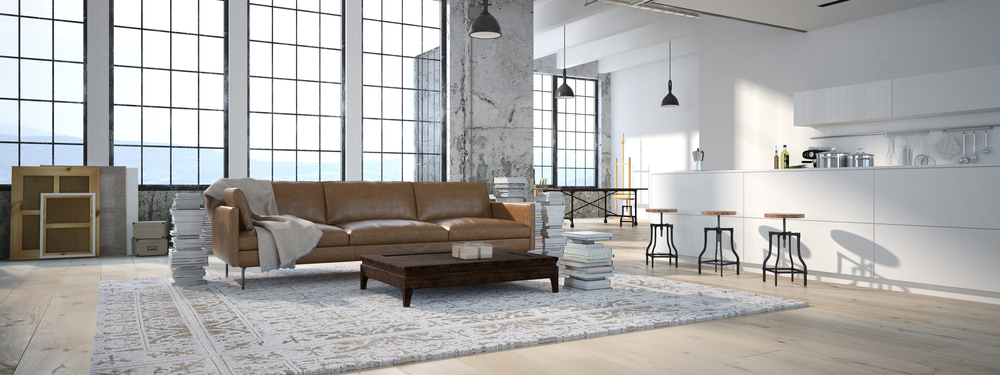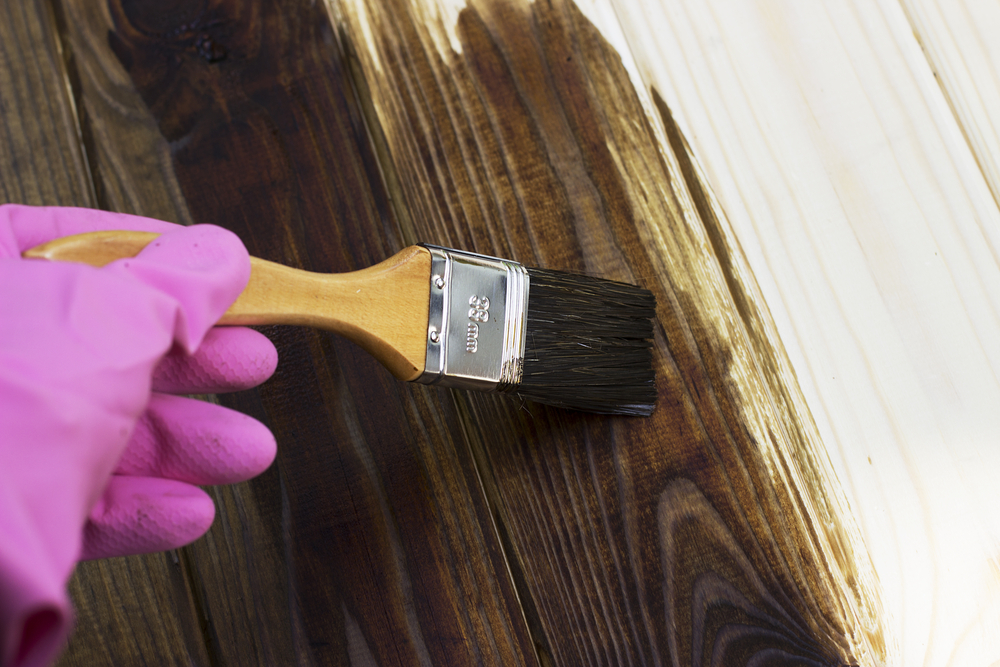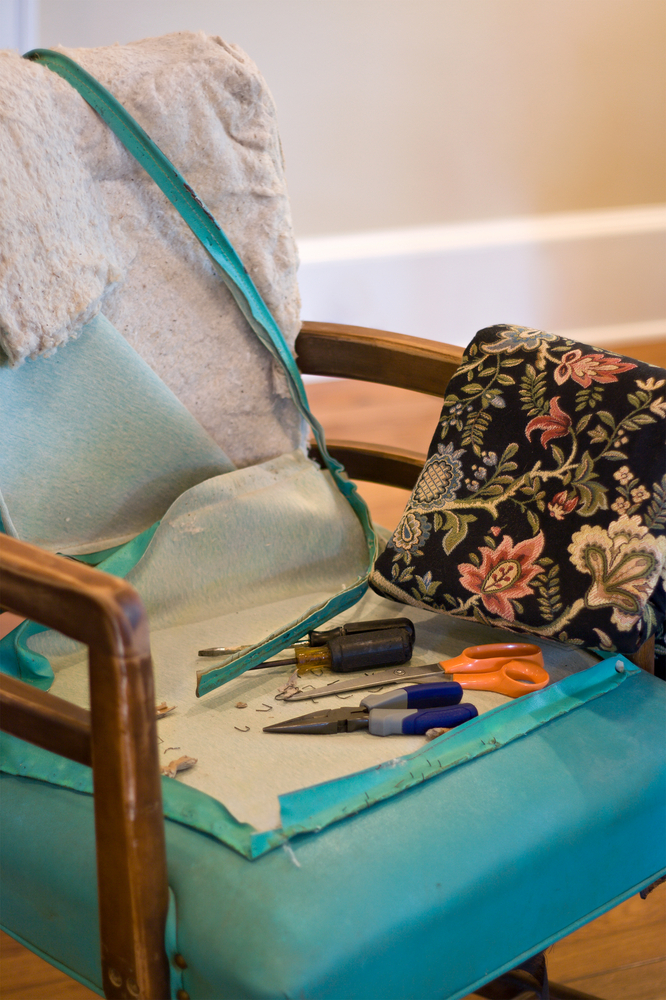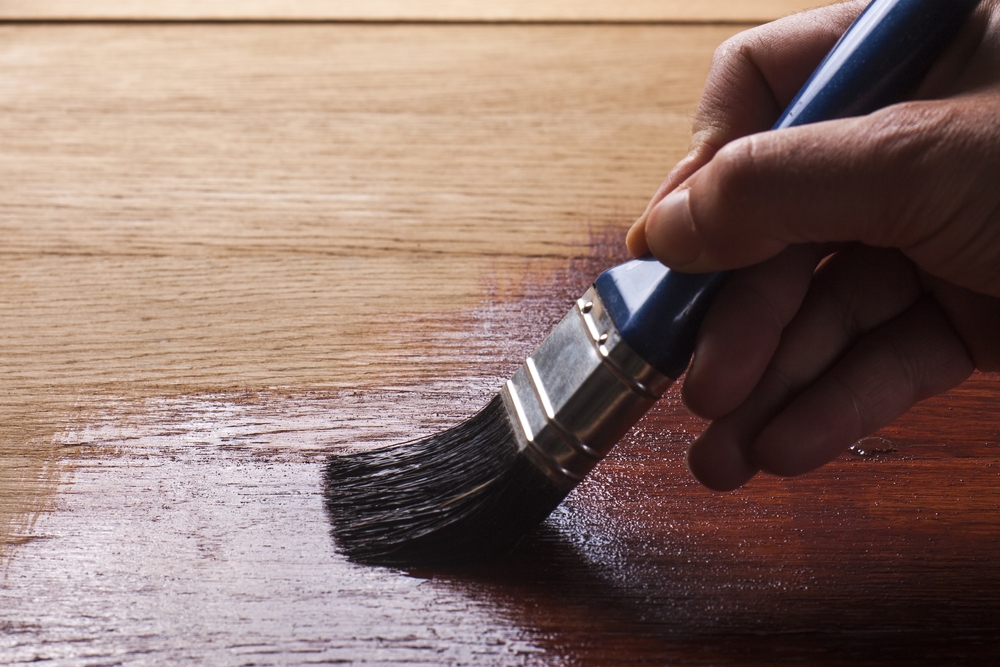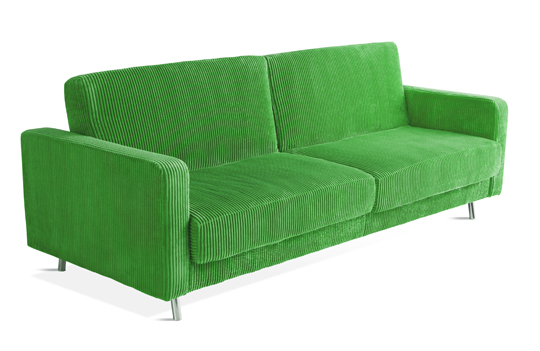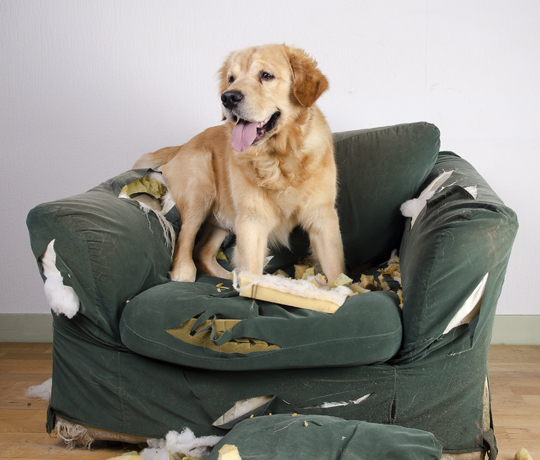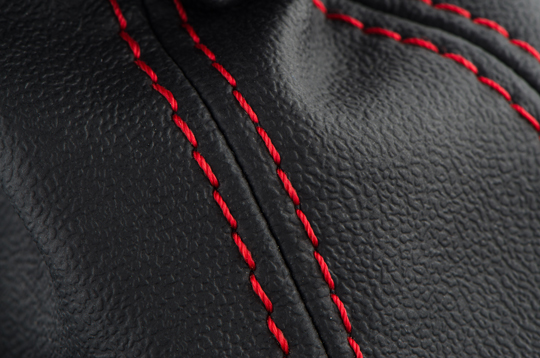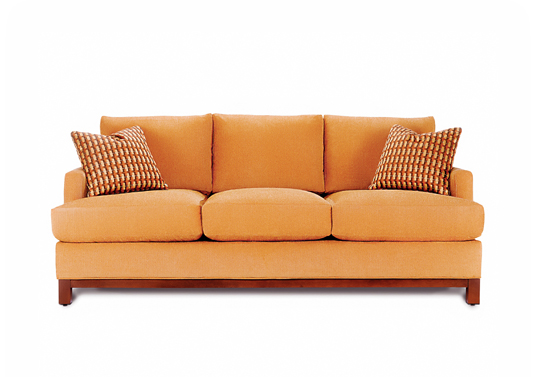It’s finally getting cold outside, which means it’s optimal weather for Cuddle Up Day. Winter is the best time of year to snuggle up to your significant other, pet, pillow or, if all else fails, a bottle of wine. Cuddling is an excellent way to show someone or something just how much you care. Whether you’re all cuddled up on the couch or the recliner, make sure your furniture is in pristine cuddle condition. Nothing’s fun about uncomfortable cuddling! So if you find yourself in the unfortunate position of having to cuddle on a cracked leather couch, these DIY leather repairs will ensure that your favorite cuddle space is in tip top shape for Cuddle Up Day!
The Cat Scratch
So, your cat has decided that if you will not cuddle with them, then you will not cuddle at all. To treat the cat-scratch affected area, simply use hair trimmers or scissors and sandpaper to remove the peeling leather, leaving a smooth surface. Then, rub a leather cleaner on the surface to blend things in. Be sure to test on a small area first! It won’t look perfect, but it’ll look a lot better than it did originally. Check out this video for a step by step tutorial.
The Worn and Torn
This one’s been with you from the beginning, and you just can’t give it up. It was there for you before just about every major life event you’ve had since birth. IT SHOWS. If this leather couch has some serious rips and cracks, then it’s best to just order a leather repair kit, such as this one.
The Belly Up Bicast
So, your leather couch is a little threadbare. It’s seen better days, but you’re still not ready to part with it just yet. In order to save your couch and keep it intact for a little longer, purchase some Leather Studio paint and get to work. Remove any excess leather sticking up. Next, apply as many coats as necessary, usually 3-5, to the worn area. Allow each coat to dry before applying another. That’s it! You’re finished! This quick fix works best on small areas.
But if you find that your couch is in need of more TLC, give TalkLocal a call and we’ll connect you with an upholstery specialist near you. Now, go cuddle up!
P.S. this also works great for the impromptu cuddle sessions in the car.

